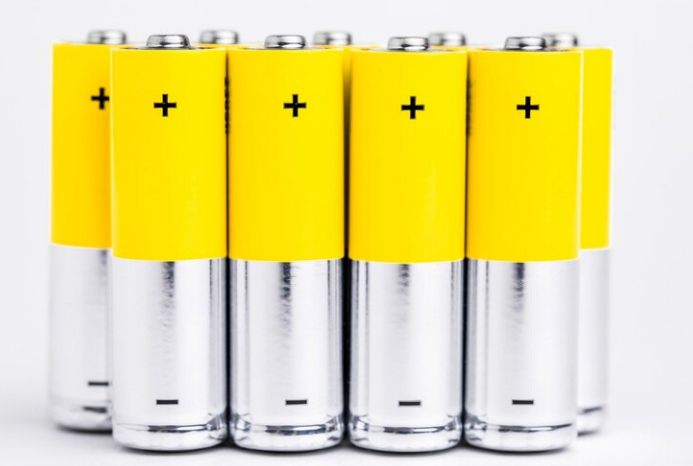Lithium Iron Phosphate Battery
Lithium-iron phosphate batteries often referred to as LFP batteries or LiFePO4 batteries have an operating life of more than 5 years. LFP offers good electrochemical performance with low resistance. These batteries have better thermal stability than other Li-Ion battery chemistries. The nominal voltage of one LFP cell is 3.2V. The use of these batteries is often seen in the field of E-mobility, solar energy storage, etc. The advantage of using these types of batteries is that they have high current and long life, they also have good thermal stability, increased safety and tolerance in adverse conditions.
Lead Acid Battery
Lead-acid batteries are the most common high-capacity rechargeable batteries. They are very popular because they are reliable and cheap on a cost-per-watt basis. There are several other batteries which deliver bulk energy as cheaply as lead acid, making the battery cost-effective automobiles, electric vehicles, forklifts, marine and uninterruptible power supplies (UPS). Lead acid batteries consist of several individual cells containing layers of lead alloy plates immersed in an electrolyte solution, usually made of 35% sulfuric acid (H2SO4) and 65% water (Fig. 1). Pure lead (Pb) is too soft to hold on its own, so small amounts of other metals are added gain mechanical strength and improve electrical properties. The most common ingredients are antimony (Sb), calcium (Ca), tin (Sn) and selenium (Se). When sulfuric acid comes into contact with lead plates, a chemical reaction takes place and energy is generated.
Lead acid batteries are heavy and less durable than nickel (Ni) and lithium (Li) based systems when deep cycled or discharged (using most of their capacity). Lead-acid batteries have a medium life and charge retention is the best among rechargeable batteries. A lead-acid battery works well when cold temperatures and is better than lithium-ion when operating in sub-zero conditions. Lead-acid batteries can be divided into two main classes: vented lead acid batteries (spillable) and valve regulated lead acid batteries (VRLA) batteries (sealed or not spilled).
The main dangers associated with lead-acid batteries are: 1) Chemical (corrosive) hazards 2) Fire or explosion hazard 3) Electric shocks 4) Ergonomic risks related to their high weight 5) Danger during transport Acid burns of the face and eyes account for about 50% of injuries related to the use of lead batteries. The remaining injuries were mostly caused by lifting or dropping the batteries, as they are quite heavy.


